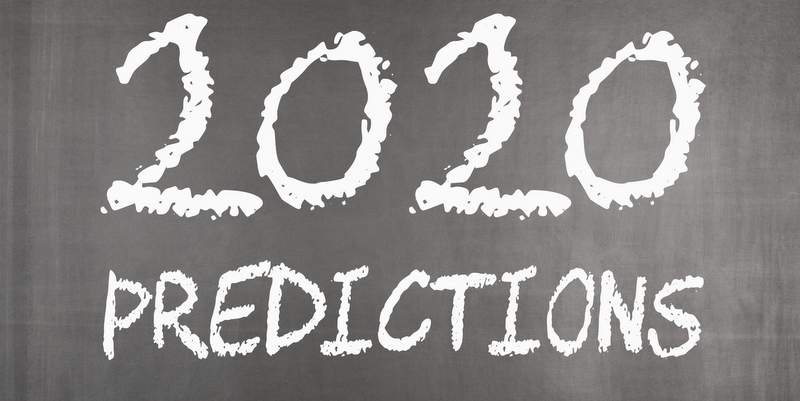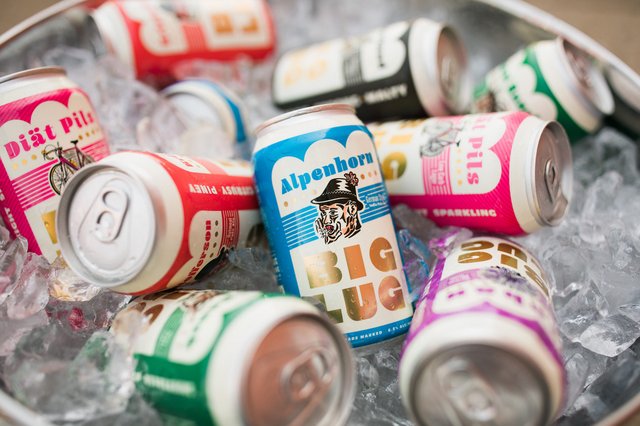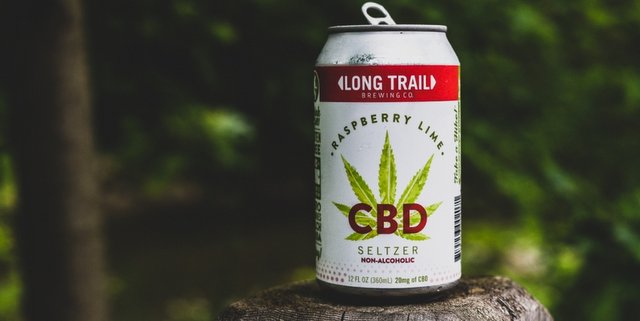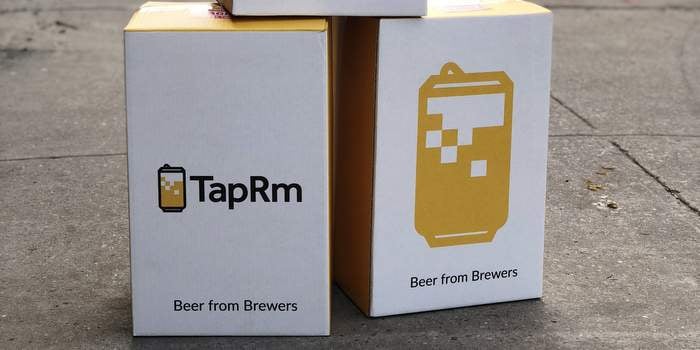
Alcohol delivery platform Drizly took a look back at the big storylines from 2019, consulted its sales data from 2,000 retail partners and compiled this list of predictions for the alcohol industry heading into a new decade. Thanks to Liz Paquette, Drizly’s head of consumer insights, for sending them our way.
Hard seltzer here to stay
In 2019, hard seltzers took over the beer/seltzer/cider category, accounting for a majority of sales in the category on Drizly for the first time ever over the July 4th holiday. Hard seltzer has since maintained the top spot on a monthly basis, besting even light lager for highest category share. In November, hard seltzer still accounted for 18.15% of the overall beer/cider/seltzer category (compared to only 5.13% in 2018), with light lager sitting at 18.01%. Overall YTD (through 12/18/19), category share was up 9.75% for seltzer, taking the biggest bites out of lager (-3.55%), IPA (-1.05%) and cider (-.85%).
Looking ahead to 2020, we predict slow and steady growth for hard seltzer in the early months and likely another boom during the summer. It was not just the summer of seltzer. This sub-category is here to stay.
Perhaps the most interesting piece of hard seltzer’s rise in 2019 is specifically White Claw’s — you wouldn’t have been able to predict it in 2018. In 2018, hard seltzer made up a nominal percentage of sales (4.75% of share), with White Claw and BON & VIV each sitting at 1.46% of category share. In 2019, White Claw sales grew by 577% YTD (up to 7% of total category share), Truly grew by 213%, and BON & VIV grew by 23%. This goes to show that it’s not enough to nail the category. BON & VIV was close on White Claw’s heels in 2018, but actually lost share on Drizly in 2019.
Cans will take over shelf space

Cans play into two macro consumer trends: convenience and discovery. Cans are lighter, more durable, easier to transport and are allowed in more places, compared to glass bottles. They also allow for greater discovery and tasting, providing consumers the ability to experiment with new brands or varietals without committing to a full bottle.
We foresee a continued increase in packaging diversification in 2020, with more brands offering canned versions of their products, from wine to cocktails and beyond. Ready to Drink beverages (RTDs) will also be responsible for taking away shelf space from glass bottles. In the past, this space has been largely defined by inexpensive, mass-market producers, but this will continue to change in 2020. The craft beer movement laid the foundation for getting millennials used to drinking premium alcoholic beverages from cans, and we’re now seeing this trend expand into other categories. More consumers who are interested in drinking RTD cocktails and seltzers will seek luxury, craft and even non-alcoholic options.
“Healthy” alternatives will continue their ascent

Consumers, especially millennials and 21+ Gen Zs, are giving more thought to what they’re putting into their bodies, whether being more aware of what they consume with alcohol or cutting alcohol out entirely. As the population of consumers looking to cut back on alcohol grows, we’ll see a greater demand for low alcohol, calorie and sugar options, as well as non-alcoholic spirits, beer and even wine. In 2020, we can expect beers, wines and spirits with up to half of the alcohol-by-volume (ABV) of traditional products taking over shelf territory.
Additionally, we predict that alcoholic beverages enhanced with health-beneficial ingredients will gain momentum nationwide. CBD-infused beverages will be among them, with almost a third of independent retailers on Drizly believing they will meaningfully grow their sales.
Even with downward global predictions for overall wine consumption, wine is still the leader across categories on Drizly (47% of total sales on the platform at the end of 2019, compared to 24% and 26% for beer and liquor, respectively). According to 25% of independent retailers surveyed this fall, organic and natural wine have the most potential to grow their business, second only to reds (36%), and outpacing the likes of even rosé and well ahead of whites (4%). We’ll also see the category of wine defined more broadly in the new year as people start flocking to the “Michelob Ultra” or “White Claw” of wine. Expect more brands, like Fitvine and Capriccio, to launch products with that less sugar, fewer sulfites and that strays further away from the traditional winemaking process.
Out with the old, in with the new
Once reserved for loyal fans and only available in limited markets, many self-identified craft beer brands are now easily found at any airport or stadium in the United States. That increase in availability may have taken away from the “craft” notion that these brands were built on, as customers are continuing to lose interest despite strong numbers. Dos Equis, Goose Island, Magic Hat, Pabst, Shock Top, Strongbow and Shock Top continued share decline in 2019.
Across categories, suppliers are innovating and putting more trendy new products on the shelves. While we can expect bourbon and red wine to dominate the industry again in 2020, niche categories like Aguardiente, Soju, Sake, Orange Wine and Ginjo will rise in popularity.
Clase Azul is the big winner in independent brands. Their sales grew nearly 150% YoY, and they are currently the #2 selling independent brand on Drizly
A shift in the value of brands
Overall, name brands alone don’t get you as far as they used to across categories. When it comes to premium bottles to gift, people are increasingly shifting to newer options vs. the older luxury brands. Johnnie Walker, Lagavulin, The Yamazaki, Perrier-Jouet, Oban, Armand De Brignac, Talisker and more, had less growth on Drizly in 2019, compared to younger brands.
Celebrity brands on the other hand, are marching to a different tune. Brands backed by high profile celebrities — Aviation (Ryan Reynolds), Casamigos (George Clooney), Cîroc (Diddy), Proper 12 (Conor McGregor) — have had big runs in recent years and will continue to grow in popularity in 2020. These Instagram-powered, “awareness brands” will continue to gain share from more established portfolio brands, and we predict more celebrities to join the bandwagon in the new year.
Online alcohol sales will increase

In today’s digital world, consumers are getting more accustomed to easy access to wide selection, convenience and immediacy that e-commerce offers, and while it falls behind other industries, that includes alcohol. Drizly sales have increased year over year and we don’t anticipate that to change in 2020. The tipping point will come when major retailers fully commit to, and/or gain the legal footing to offer, some form of alcohol e-commerce at scale. While still a small portion of the overall alcohol industry, in just 5 years we expect to see 10% of all alcohol sales happening online.





Leave a Reply
You must be logged in to post a comment.